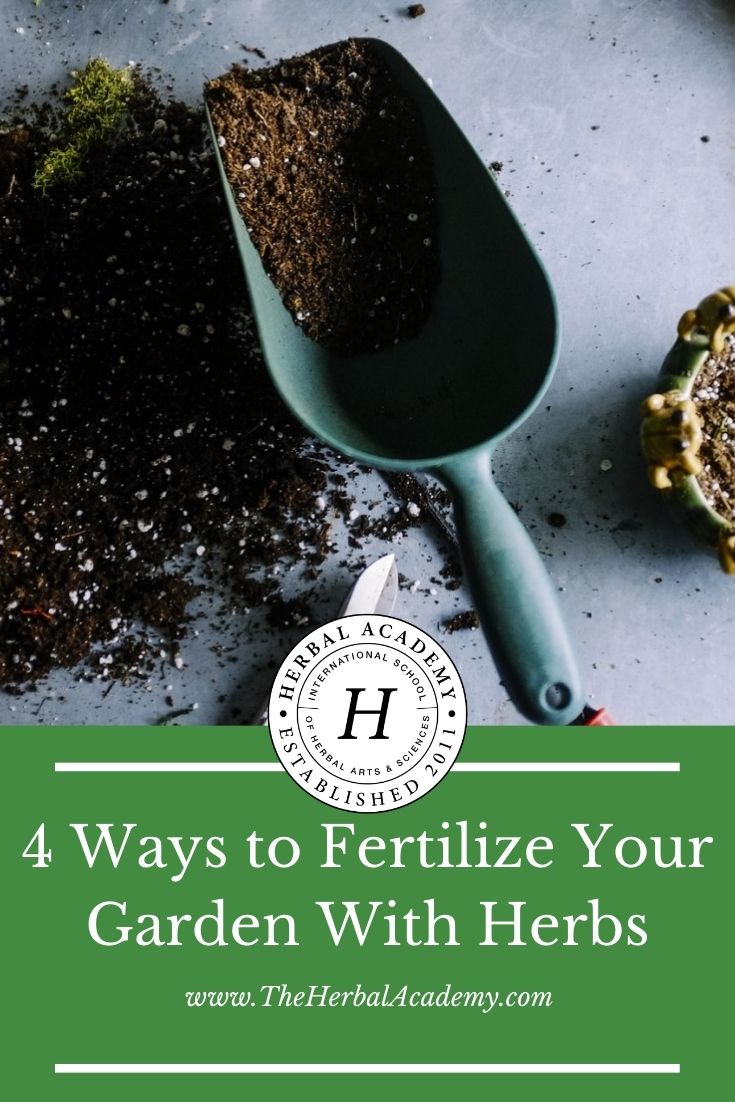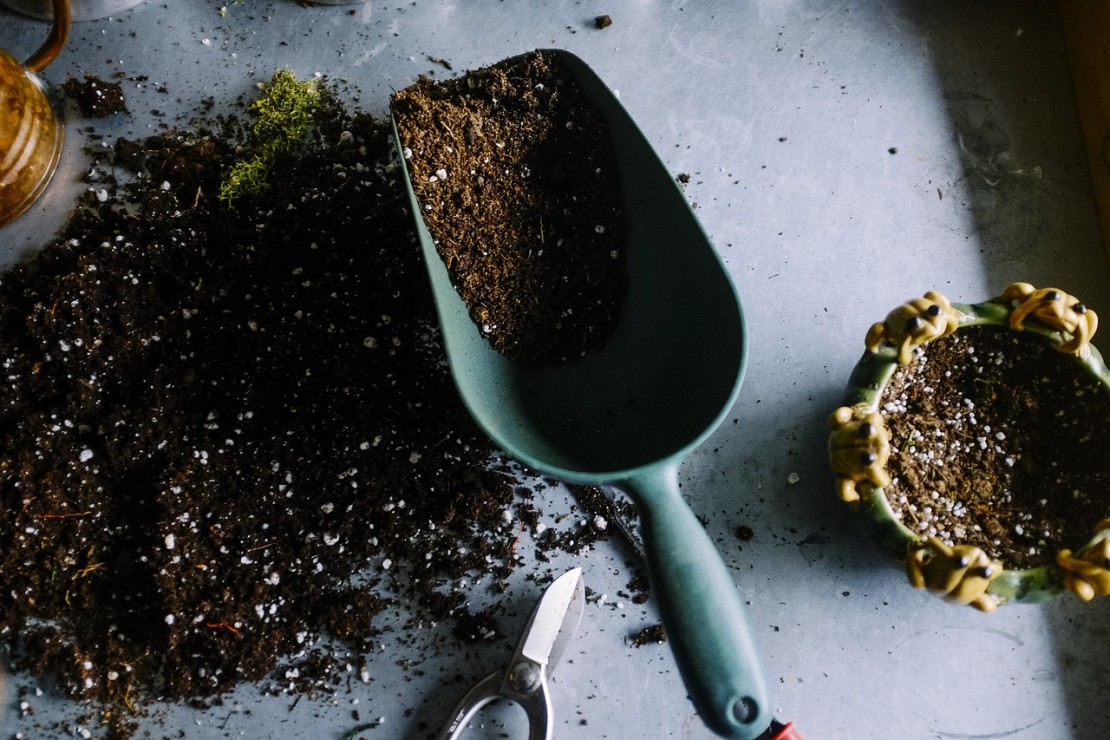
4 Ways To Fertilize Your Garden With Herbs
We use herbs for nutrition and health but don’t often consider that these same benefits can also extend to our gardens. Fertilizing with many of the herbs you already grow is a simple way to give the garden a boost and reduce the expense of purchased fertilizer.
Many of the herbs that are already growing in your garden would make wonderful natural fertilizers, including nettle, horsetail, yarrow, and comfrey. Below you’ll find three especially useful herbs for fertilizer and some of the ways to use them as such.
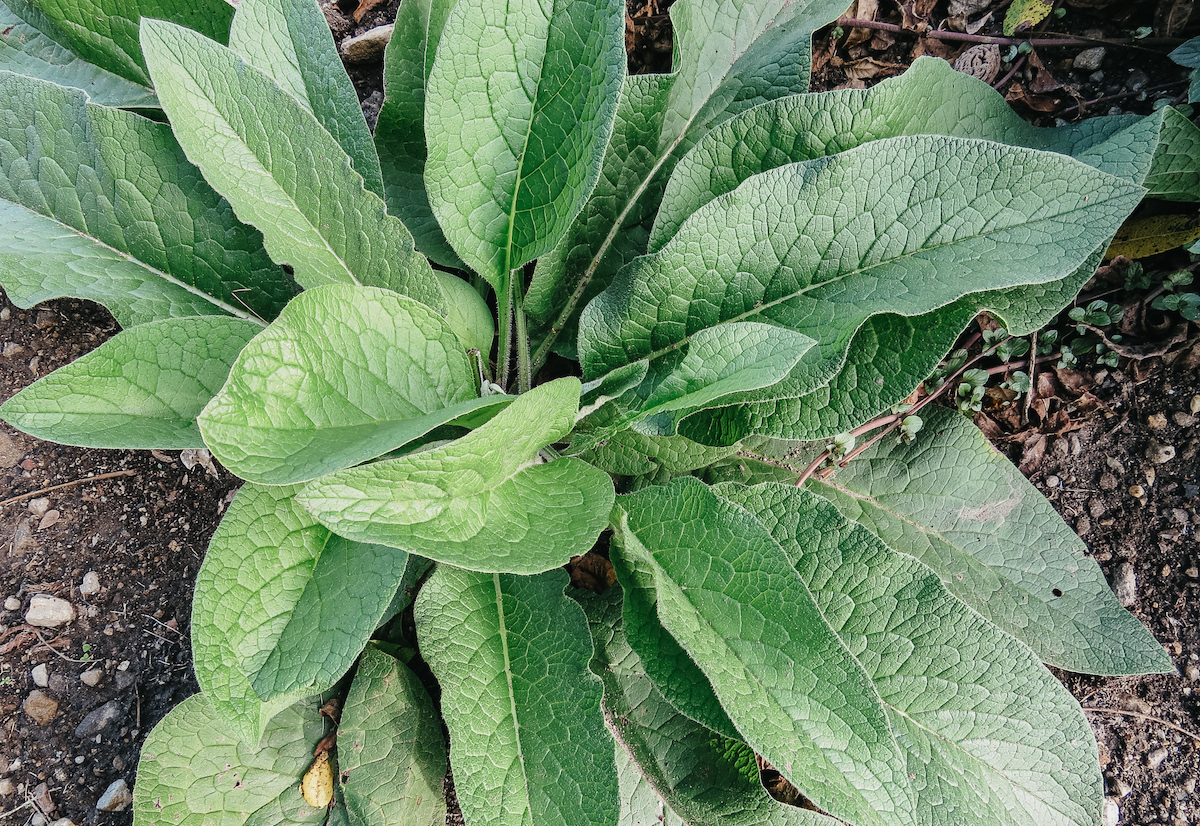
3 Herbs That Can Add Nutrients To Your Garden Soil
Almost any herb that is known to have nutritive value can also be used to fertilize the garden, but the following three herbs are especially potent in their concentration of minerals essential to plant health.
Roman chamomile (Chamaemelum nobile), Russian comfrey (Symphytum x uplandicum), and dandelion (Taraxicum officinale) are high in their concentration of potassium, phosphorus, and calcium. Comfrey also concentrates magnesium. In addition, comfrey and dandelion accumulate copper and iron.
When used appropriately, these herbs can enrich the soil that feeds our edible and medicinal plants – which benefits us, too! Although there are many ways you can take advantage of using nutritious herbs to fertilize your garden, below are four ways to get you started.
4 Ways to Fertilize Your Garden With Herbs

1. Liquid Fertilizer
When fresh or dried herbs are steeped in air temperature water for a period of time, the nutrients become more bioavailable to plants. Liquid fertilizers are useful for giving established perennials and fruiting vegetables a mid-season boost that is easy to assimilate even when the soil may be dry.
To make liquid fertilizer, add dried plant material or freshly harvested green plant material to a bucket. Barely cover with water and let steep for 2-3 days out of direct sunlight. Strain the plant material and stir in a few heaping spoonfuls of blackstrap molasses for an additional mineral boost. Finally, water your plants with this nutrient-rich liquid fertilizer and watch them flourish!
You can use a wide variety of herbs to make liquid fertilizer, and a few common choices are coltsfoot, nettle, horsetail, dandelion, and yarrow. Comfrey is a very popular choice, and many long-term gardeners rave about the effects of concentrated comfrey tea in their gardens.
Learn more in How to Make Comfrey Fertilizer and Herbal Tea for Plants: Information on Herb-Based Fertilizers.
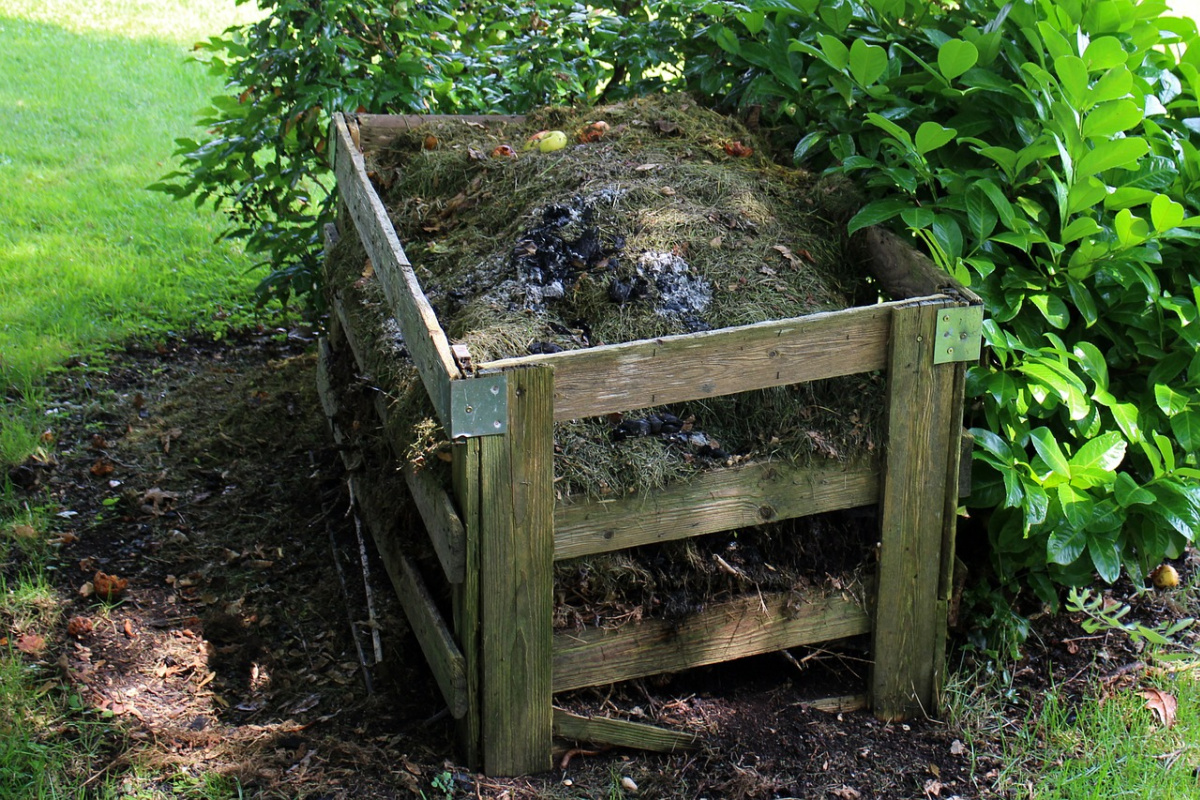
2. Energize Your Compost Pile
Making your own compost is a super effective, eco-friendly way to transform your household waste into garden gold. This nutrient-rich hummus restores soil health and boosts plant vitality naturally. Composting is also good for the environment because when organic matter hits the landfill, it lacks the air it needs to decompose quickly. Instead, it creates harmful methane gas as it breaks down, increasing the rate of global warming and climate change.
When maintaining a compost pile, you’ll add a combination of food scraps, “brown material” (dried leaves, sticks, paper, cardboard), and “green material” (fresh grass, leaves, herbs). Oftentimes, the compost bin becomes full of dried, brown material, which can eventually slow down the composting process. To energize the compost with fresh, green plant matter, layer in chopped herbs. They will not only speed up composting, but they will improve the nutrient value of the finished compost.
If you find that you have an abundance of mineral-rich green perennial herbs, such as comfrey and nettle, then cut them back and spread the plant material across your compost pile. The worms will thank you come next spring!
Learn more in How to Compost: The Getting Started Guide.
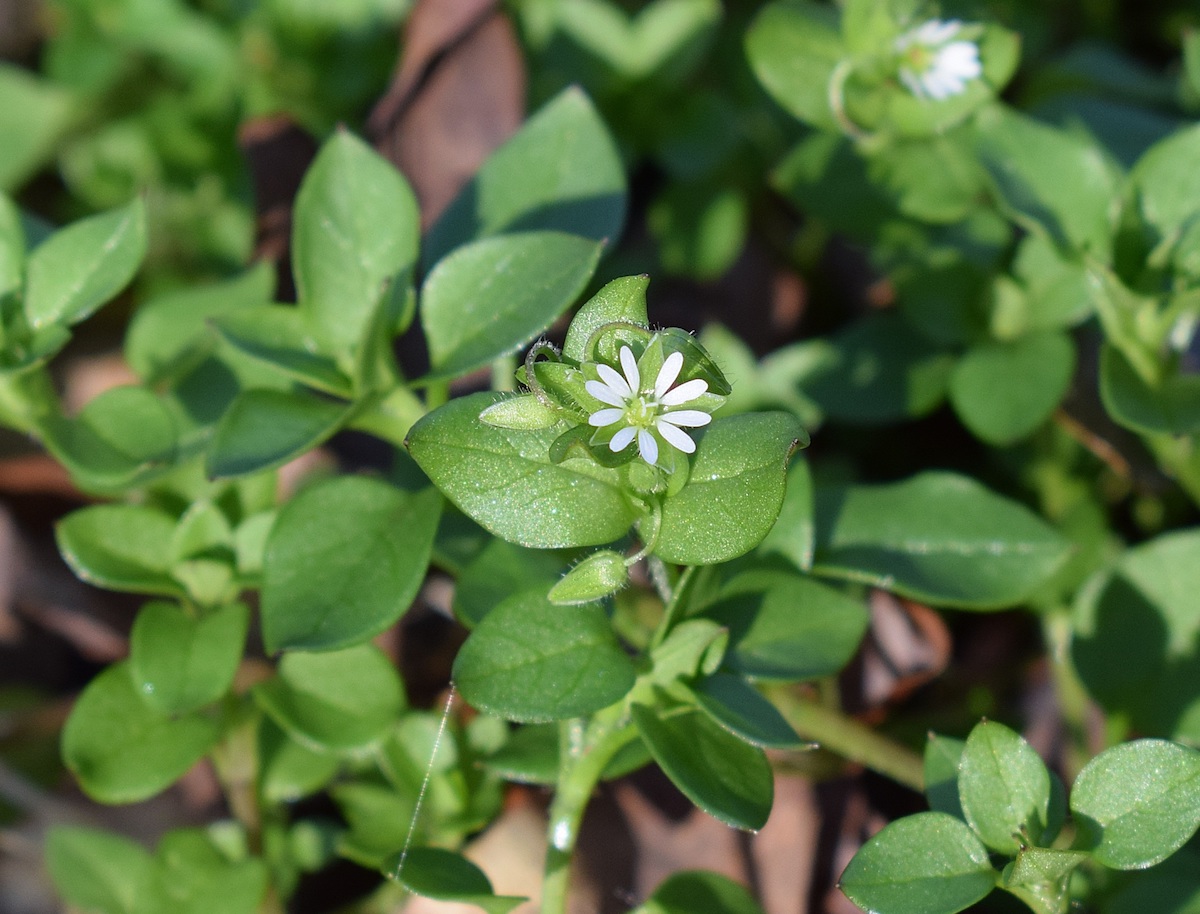
3. Green Manure
Green manure typically refers to easy-to-grow, easy-to-till crops grown specifically to till back into the soil to retain productive soil properties and supportive nutrients. This method disperses fresh, chopped, green plant matter back into the upper layers of the soil where it’s used as a high-nitrogen fertilizer in place of animal manures. To use herbs as green manure, plant easy-to-till herbs as cover crops, such as clover or chickweed. Alternately, chop excess plants you’ve grown elsewhere into 3 to 4-inch pieces and mix these into the garden soil in the fall or at least two weeks before planting.
As the season progresses, the plant material will break down and provide nutrients for your garden while also boosting the soil’s health and increasing water retention.
Dive deeper into this topic in the blog post “Learn More About Green Manure Cover Crops.
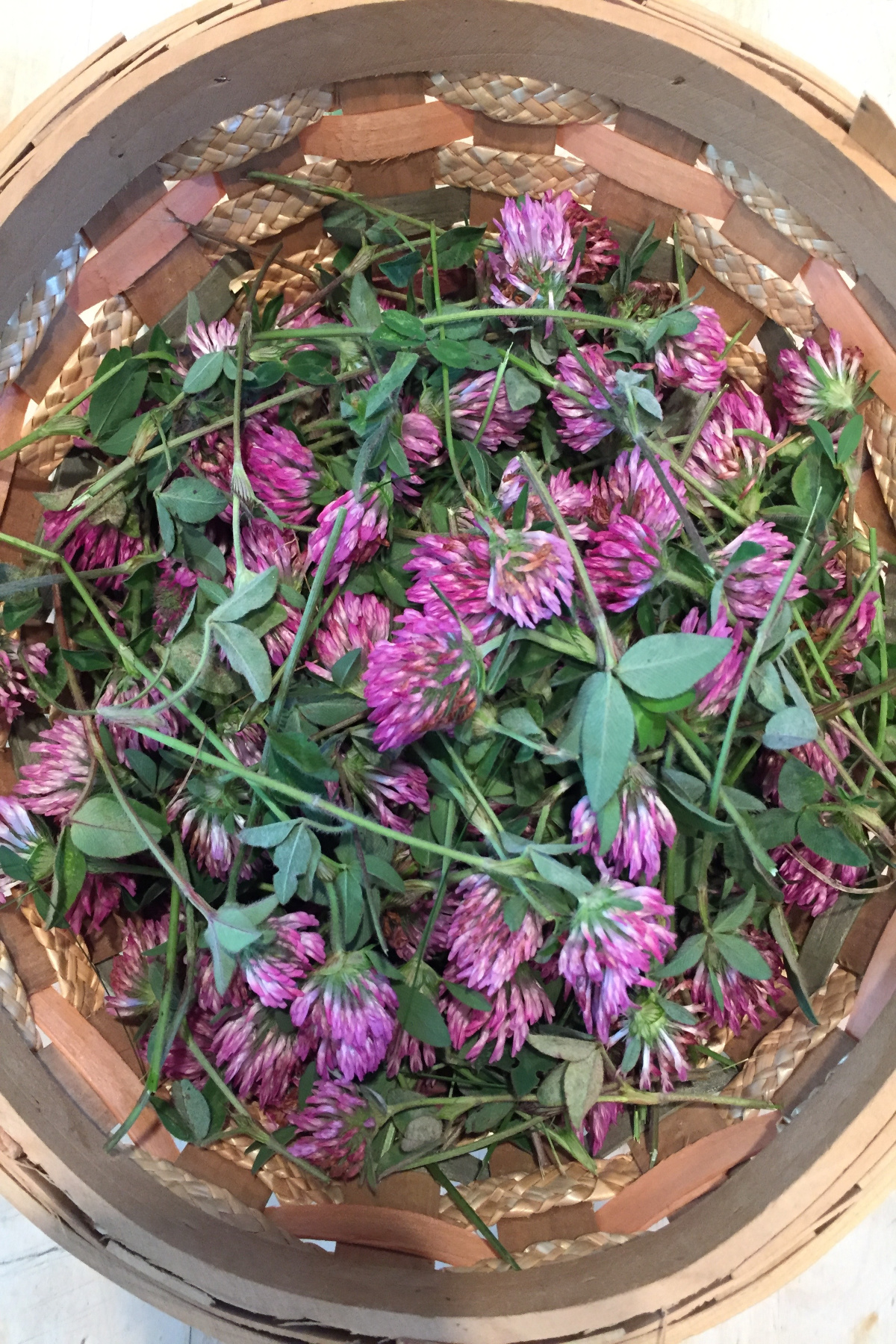
4. Mulch
Mulch can help retain soil moisture and prevent erosion. As a green manure, chopped herbs are incorporated into the soil. Used as a mulch, the chopped plant matter is simply laid on the surface of the soil. It will naturally biodegrade and act as a slow-release fertilizer.
Herbal mulch is best used under mature, fruiting plants such as tomatoes, peppers, or cucumbers. Herbs can also act as a living, permanent mulch when planted as cover crops under fruit trees or other perennials. Simply chop the herb plants back from time to time, or let them die back on their own.
In Closing,
As you can see, the nutritive value of herbs can be just as important and useful to our gardens as they are to us. Open your eyes to the herbs already growing in your garden. These natural herbal fertilizers will reduce expense and give your garden a fertilizing boost.
